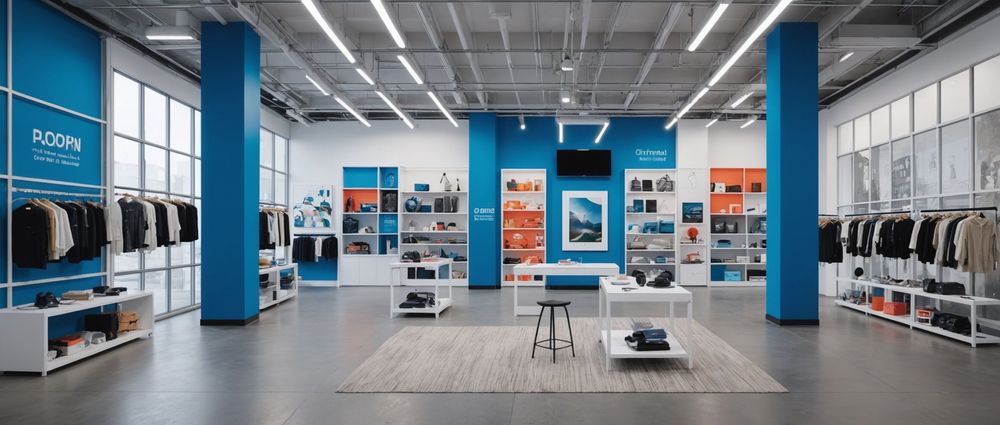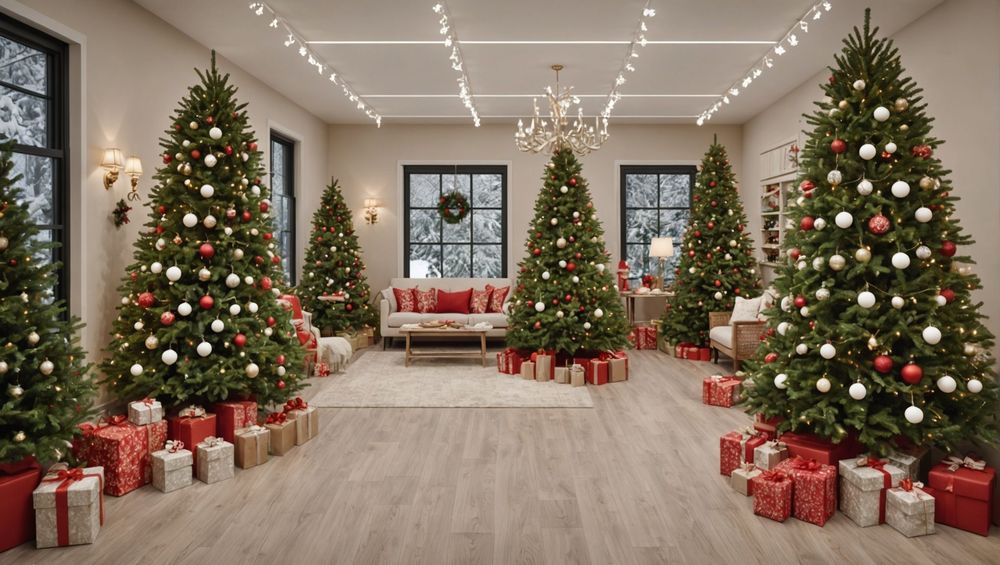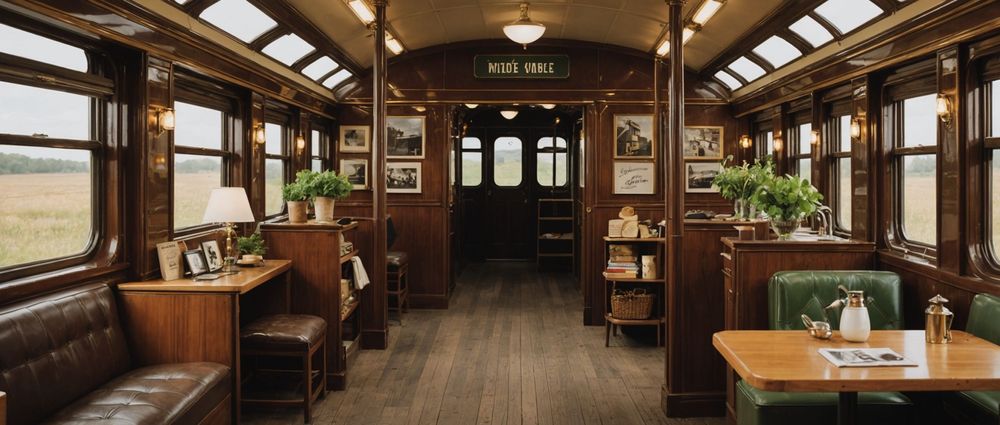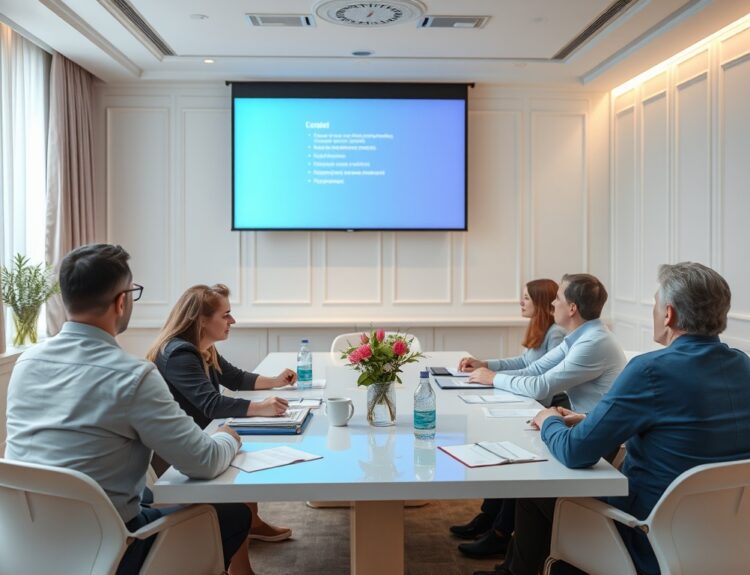Pop-up shops have become increasingly popular as they provide a dynamic and engaging way for brands to connect with their customers. They are temporary retail spaces that can appear in unexpected locations, creating memorable experiences for shoppers. In this article, we will explore some of the most creative pop-up shop examples that have successfully captured the imagination of consumers and generated buzz for brands.
Brand Collaborations

One of the most effective ways to create a unique pop-up shop experience is through brand collaborations. When two or more brands join forces, they can offer exclusive products and experiences that can’t be found elsewhere. For instance, the pop-up collaboration between luxury brand Louis Vuitton and streetwear label Supreme was a massive hit, combining high fashion with urban culture. Another notable example is the collaboration between the popular café chain Starbucks and designer Alice + Olivia, which offered limited-edition merchandise and exclusive drink options. These partnerships not only generate excitement but also attract a diverse audience.
Interactive Experiences

Interactive experiences are a powerful tool to engage customers and encourage them to spend more time at the pop-up shop. These experiences can be anything from virtual reality games to hands-on workshops. For example, Glossier, the beauty brand, created an interactive pop-up shop where visitors could try out products, take selfies in pink-themed rooms, and even customize their own makeup products. Another example is the Spotify pop-up shop that featured interactive music booths allowing customers to create personalized playlists. Such engaging experiences can create a lasting impression, encouraging word-of-mouth marketing.
Seasonal Themes
Seasonal themes can add a sense of urgency and relevance to a pop-up shop. For instance, during the holiday season, pop-up shops can be designed like winter wonderlands, complete with festive decorations and holiday-themed products. A memorable example is the “Gingerbread House” pop-up shop by Benefit Cosmetics, which was essentially a giant edible gingerbread house where customers could shop for holiday beauty products. Similarly, Halloween-themed pop-ups with spooky decorations and limited-time merchandise can draw in crowds looking for unique and festive shopping experiences.
Unique Locations

Choosing an unusual or unexpected location for a pop-up shop can pique curiosity and draw in customers eager to explore new environments. Brands have set up pop-up shops in places like abandoned warehouses, rooftop gardens, or even inside shipping containers. For example, the pop-up shop by Magnum Ice Cream in New York was located inside a refurbished train car, creating a nostalgic yet modern experience for visitors. Another innovative location was the Nike Air pop-up shop that was set up inside a decommissioned airplane, offering visitors an exclusive and immersive shopping experience.
Social Media Integration
Integrating social media into the pop-up shop experience can help amplify the reach and impact of the event. Encouraging customers to share their experiences online through hashtags, photo booths, and live streams can create a buzz and attract more visitors. Fashion brand Dior’s pop-up shop featured Instagram-friendly photo zones and encouraged visitors to share their photos using a specific hashtag, which helped generate online chatter. Additionally, using social media platforms to announce pop-up shop locations and exclusive deals can drive foot traffic and create a sense of exclusivity and excitement.
Conclusion
Creative pop-up shops are a fantastic way for brands to create memorable experiences and connect with customers on a deeper level. By incorporating elements such as brand collaborations, interactive experiences, seasonal themes, unique locations, and social media integration, brands can craft pop-up shops that truly stand out. These temporary retail spaces not only generate excitement but also provide valuable opportunities for brands to showcase their creativity and innovation.
FAQ
1. What is a pop-up shop?
A pop-up shop is a temporary retail space that opens for a short period. These shops are often used to create unique brand experiences and attract attention to new products or limited-time offers.
2. How long do pop-up shops usually last?
The duration of a pop-up shop can vary widely, from just a few days to several months. The length often depends on the event’s purpose and the brand’s promotional strategy.
3. Are pop-up shops cost-effective?
Pop-up shops can be cost-effective because they typically require less investment than permanent retail spaces. Brands can also save on long-term leases and utilize the temporary nature to create a sense of urgency and exclusivity.
4. How can I find out about upcoming pop-up shops?
Brands often promote upcoming pop-up shops on their social media channels, websites, and through email newsletters. Keeping an eye on these platforms can help you stay informed about new pop-up shop events.
5. Can small businesses benefit from pop-up shops?
Yes, small businesses can greatly benefit from pop-up shops. They provide an excellent opportunity to reach new customers, test new products, and create buzz without the commitment and costs associated with a permanent retail space.


